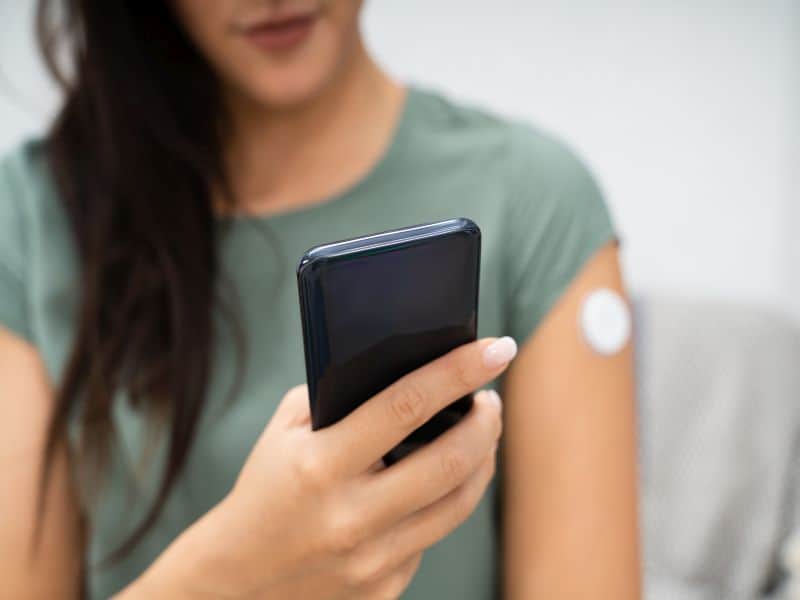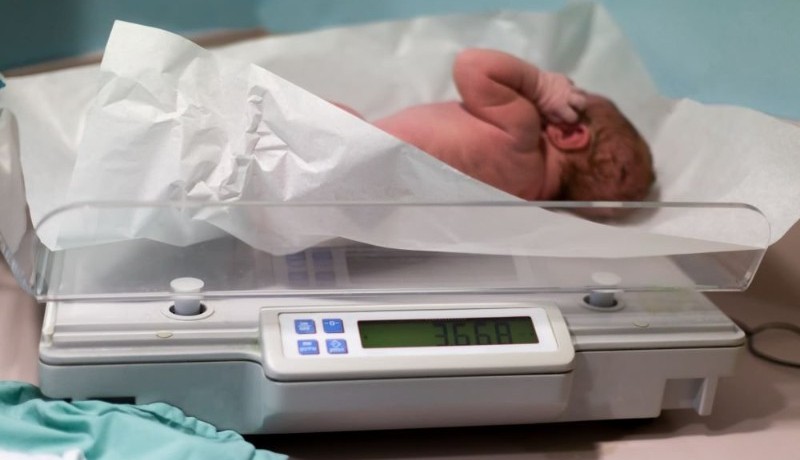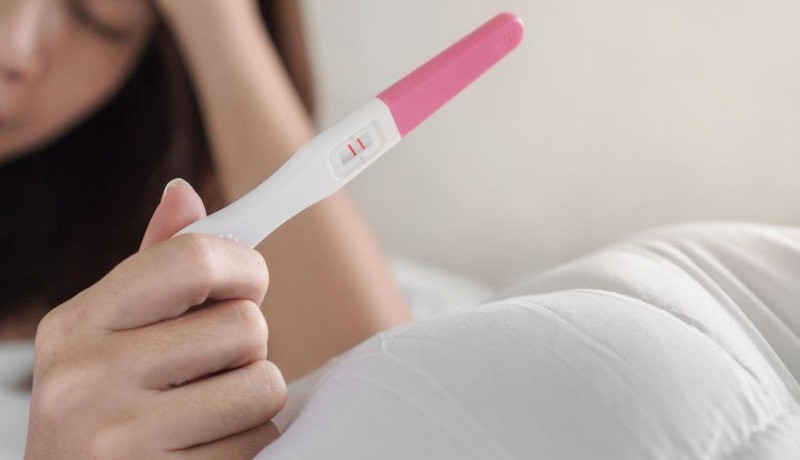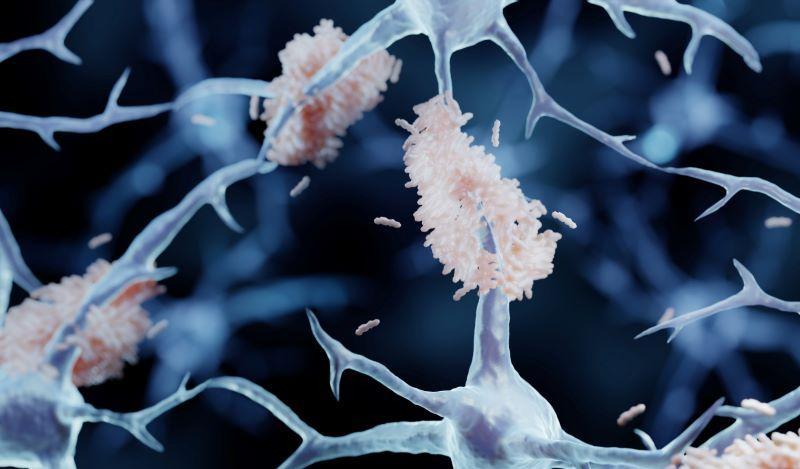The following is a summary of “Effect of switching from intermittently scanned to real-time continuous glucose monitoring in adults with type 1 diabetes: 24-month results from the randomised ALERTT1 trial” published in the February 2023 issue of Diabetes and Endocrinology by Visser, et al.
Studies like the one called “Comparing Continuous With Flash Glucose Monitoring In Adults With Type 1 Diabetes” (ALERTT1) looked at the benefits of switching from first-generation intermittently scanned continuous glucose monitoring (isCGM) without alerts to real-time continuous glucose monitoring (rtCGM) with alert functionality. The extended randomized ALERTT1 trial looked at how changing from isCGM to rtCGM affected patients up to 24 months later. Adults with type 1 diabetes who had been using isCGM were randomly assigned (1:1) to either rtCGM with alerts (intervention; n=127) or isCGM without alerts (control; n=127) for a period of 6 months in a double-arm, parallel-group, non-masked, randomized, controlled trial conducted in 6 hospitals in Belgium. All participants in the intervention group kept using rtCGM. In contrast, those in the control group transitioned to continuous glucose monitoring (is-rtCGM group) at the end of the 6-month experiment (rt-rtCGM group).
Time in range (TIR; 3.9% to 10.0% mmol/L; primary outcome), hemoglobin A1c, time in clinically severe hypoglycemia (3.0% mmol/L), and Hypoglycemia Fear Survey worry (HFS-fear) score were the major outcomes of the extension (all prespecified key secondary outcomes). Positive values indicate a decrease from the baseline at the beginning of rtCGM, whereas negative values indicate an increase. Throughout the 24-month experiment, 112 (94%) of the 119 participants in the is-rtCGM group and 117 (95%) of the 123 participants in the rt-rtCGM group reached the 24-month completion mark. The TIR in the is-rtCGM group increased from 51.8% (95% CI 49.1 to 54.5 %) at the beginning of rtCGM (month 6) to 63.5% (60.7% to 66.3%) at month 12 and then remained consistent through month 24 (11.7 % age points [pp] [9.4 to 14.0; P= 0.0001).
The TIR in the rt-rtCGM group improved from 52.5% (95% CI 49.5 to 55.1 %) at the beginning of rtCGM (month 0) to 63.1% (60 HbA1c dropped from 7.4% (57 mmol/mol; month 6) to 6.9% (52 mmol/mol) at month 24 (change -0.54 %age points [95% CI -0.64 to -0.44]; -5 mmol/mol [95% CI -0.64 to -0.4]; P < 0.0001) in the is-rtCGM group and from 7.4% (57 mmol/mol; month 0) to 7. HFS-worry score changes were -2.67 (month 24 vs. month 6; p=0.0008) in the is-rtCGM group and -5.17 (month 24 vs. month 0; P< 0.0001) in the rt-rtCGM group. After 12 months, there was no difference between the groups in the frequency of clinically serious hypoglycemia. Once patients began using rtCGM, the rate of severe hypoglycemia dropped from 31.0 to 3.3 per 100 patient years. Up to 24 months after moving from isCGM without alerts to rtCGM with alerts, glycemic control, and hypoglycemia concern improved dramatically, providing support for using rtCGM in caring for persons with type 1 diabetes. Dexcom funded the study.
Source: sciencedirect.com/science/article/abs/pii/S2213858722003527



















